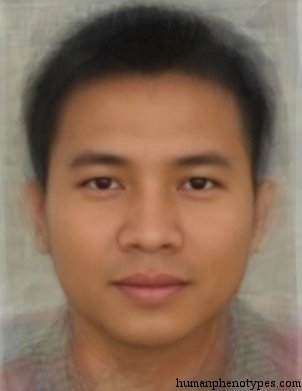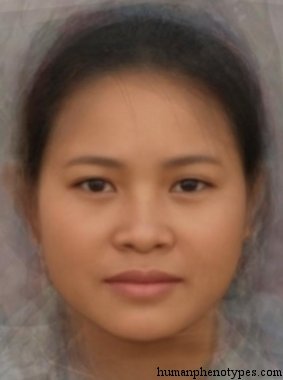Description:
The dominant group of Indochina and the Sunda Islands. Probably developed in East Asia and spread southwards from the Neolithic on, replacing Veddids and Negritids. Relatively short, short- and high-skulled, yellowish-brown skin. Straight to wavy hair, sometimes wide-nosed with dilated nostrils, face low and wide, Mongolian folds attenuated. Has many different varieties that have an extremely vast expansion from Madagascar to Japan and the Easter Island. The continental forms are sometimes united in Pareid, the oceanic ones in Nesid. In the mountain regions of Indochina, the short, stocky Palaungids are common, in the valleys the more elongated Shanids are found. In the Sunda Islands, the coasts are inhabited mainly by Deutero Malayids, whereas in the interior Dayakids and Proto Malayids are more common. Overall, South Mongolids are one the most populous groups in the world.Names:
Palämongolid (Eickstedt, 1937. 1952; Vogel, 1974; Knussmann, 1996), South Mongoloid (Cheboksarov, 1951; Debets, 1974), Sud-Mongole (Vallois, 1968), Sudmongolica (Biasutti, 1967), Indonesian-Malay (Hooton, 1946; Cole, 1965), Southeast Asiatic (Coon et al., 1950), Southern Mongoloid (Alexeev, 1979).





